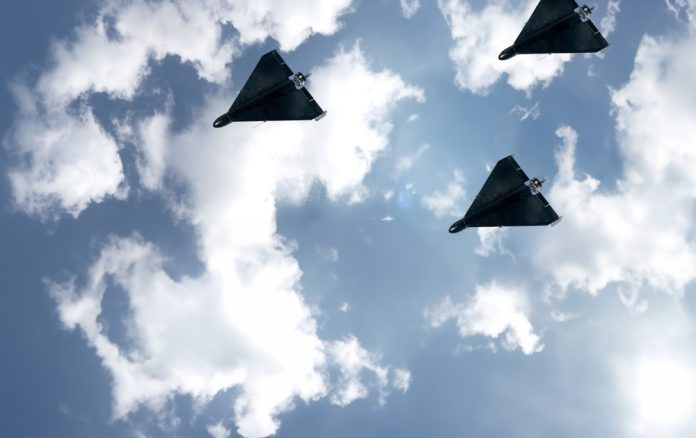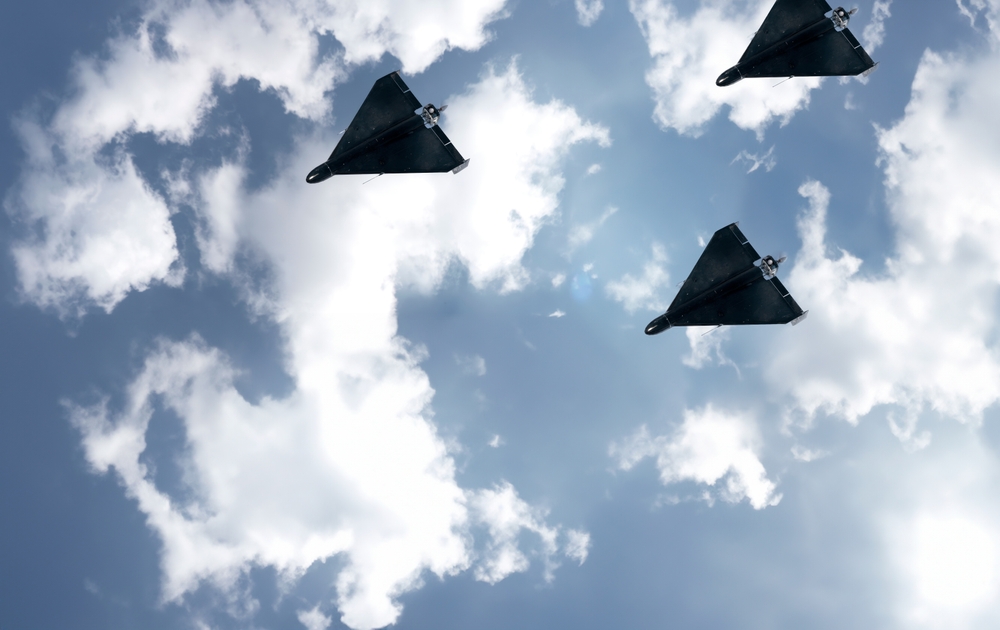
Early on September 10, NATO air defenses were scrambled for the first time over the east of Poland. At least 19 Russian unmanned aerial vehicles some equipped with warheads, others decoys invaded Polish airspace, the first recorded live-fire incident by the alliance since Russia launched its all-out war on Ukraine. Polish Prime Minister Donald Tusk had no doubt: “We would also wish that the drone attack on Poland was a mistake. But it wasn’t. And we know it.” It was a direct refutation of U.S. President Donald Trump’s implication that the incursion could have been an accident.
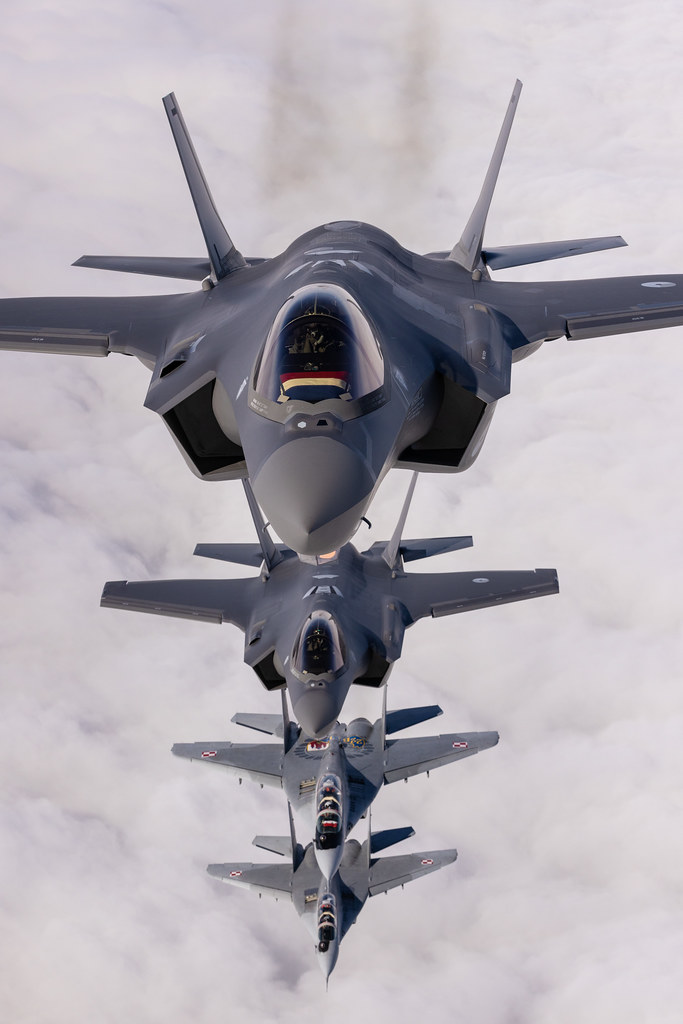
1. Scale and Coordination of the Attack
The incursion was just a part of a much broader Russian strike package. Polish Foreign Minister Radosław Sikorski said 19 drones entered Poland during the night, with over 400 drones and 40 missiles hitting Ukraine. NATO scrambled Dutch F-35s, Italian AWACS surveillance planes, mid-air refueling tankers, and Polish F-16s, while German Patriot batteries were also put on standby. The air battle lasted for about seven hours, with parts of shot-down drones later found in Polish villages.
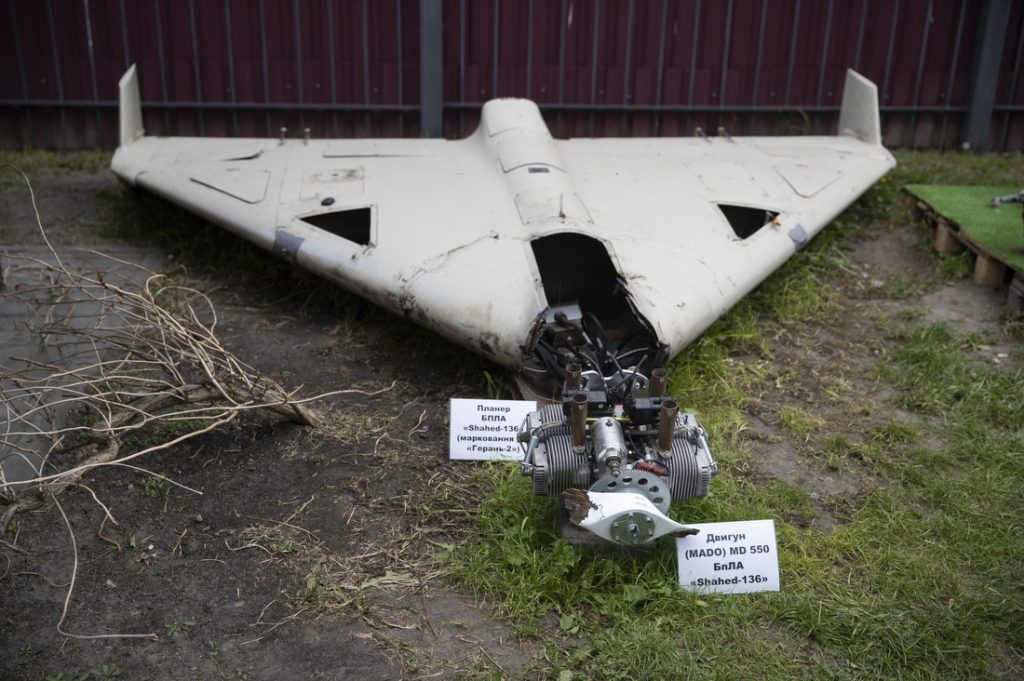
2. Drone Types and Technical Capabilities
Some of the intruding UAVs were identified by analysts as Gerbera decoy drones created to imitate the radar and acoustic profiles of Shahed and Geran-type loitering munitions. Decoys like these have the capability to saturate defenses by mandating engagement with non-lethal targets, which helps to save strike drones for subsequent waves. Others were most probably modified Shahed variants, initially Iranian-designed but now mass-produced in Russia with Chinese avionics and additional fuel tanks, which enable them to fly beyond the 700 km Moscow claimed.
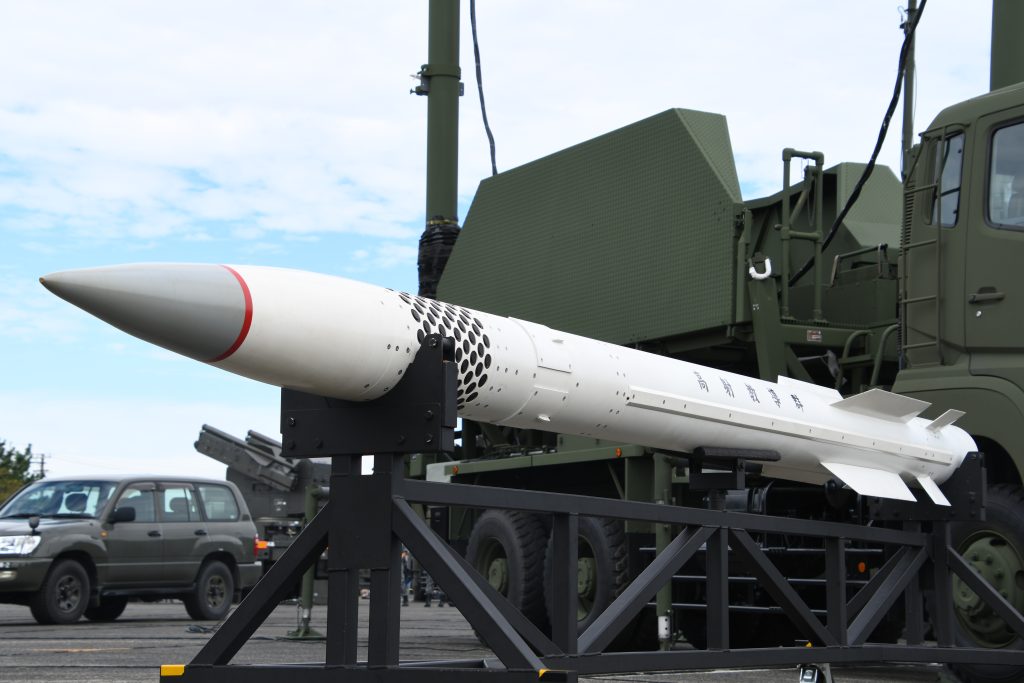
3. The Saturation Warfare Challenge
Russia’s Shahed campaign is predicated on attrition economics: drones cost an estimated $20,000–$50,000 each, while interceptors such as Patriot PAC-3 missiles cost more than $1 million per shot. This “price-per-shot problem,” French Admiral Pierre Vandier cautioned, threatens to drain defenders financially and materially. In Ukraine, Russia has raised the stakes to firing more than 1,000 drones weekly, frequently in mixed waves with cruise and ballistic missiles. Even with interception rates over 75 percent, sheer numbers overwhelm radar coverage, ammunition reserves, and operator fatigue.
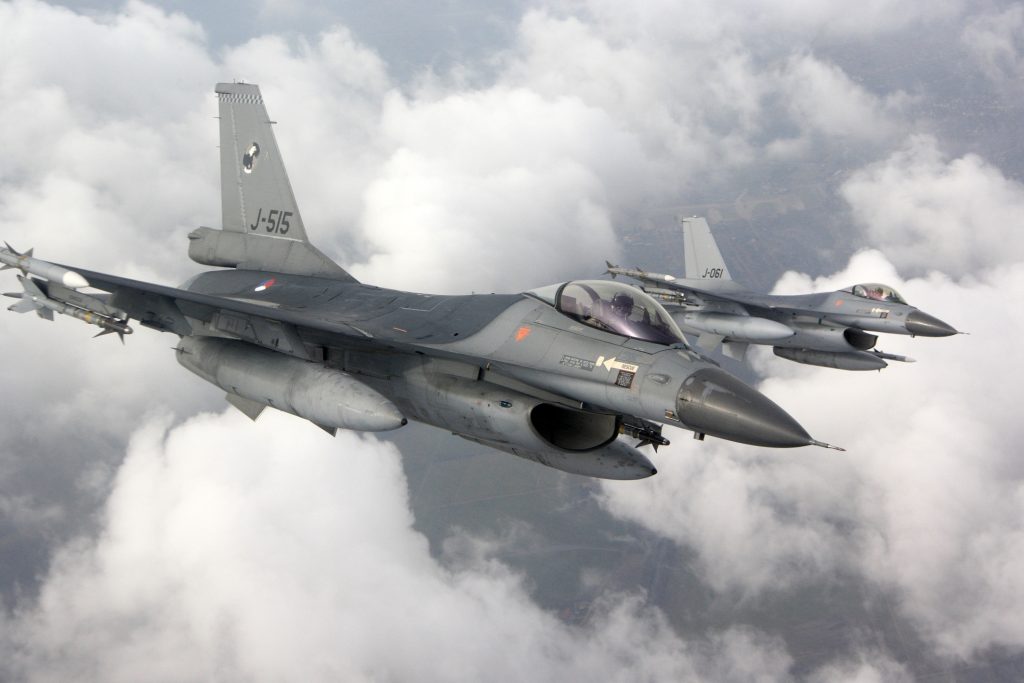
4. NATO’s Air Defense Response
Whereas NATO’s ability to quickly mobilize multinational forces proved interoperability, employing high-end fighters and strategic SAMs against cheap drones highlighted capability gaps. “This isn’t the sort of thing that you ought to be employing F-16s and F-35s for,” retired U.S. Army Europe commander Ben Hodges told a Congress subcommittee. Ukrainian troops, subject to nightly barrages, have turned to cheaper countermeasures acoustic sensor grids, mobile gun teams, and electronic warfare to limit dependency on costly interceptors.
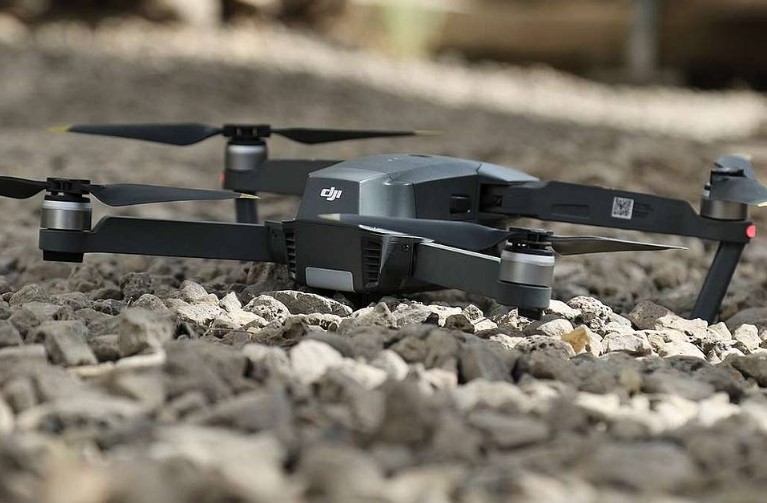
5. Electronic Warfare and Counter-Drone Measures
Belarus blamed the drones for “losing their track” through electronic warfare, but Ukraine’s EW experts observed that Russian drones have been discovered with Polish SIM cards presumably reconnaissance for planned strike corridors. NATO’s militaries are now considering passive detection systems, directed-energy weapons such as 50–60 kW lasers, and interceptor drones for defeating saturation swarms. These technologies offer lower costs per engagement but are hampered by restricted range, weather dependence, and maturity for area defense.
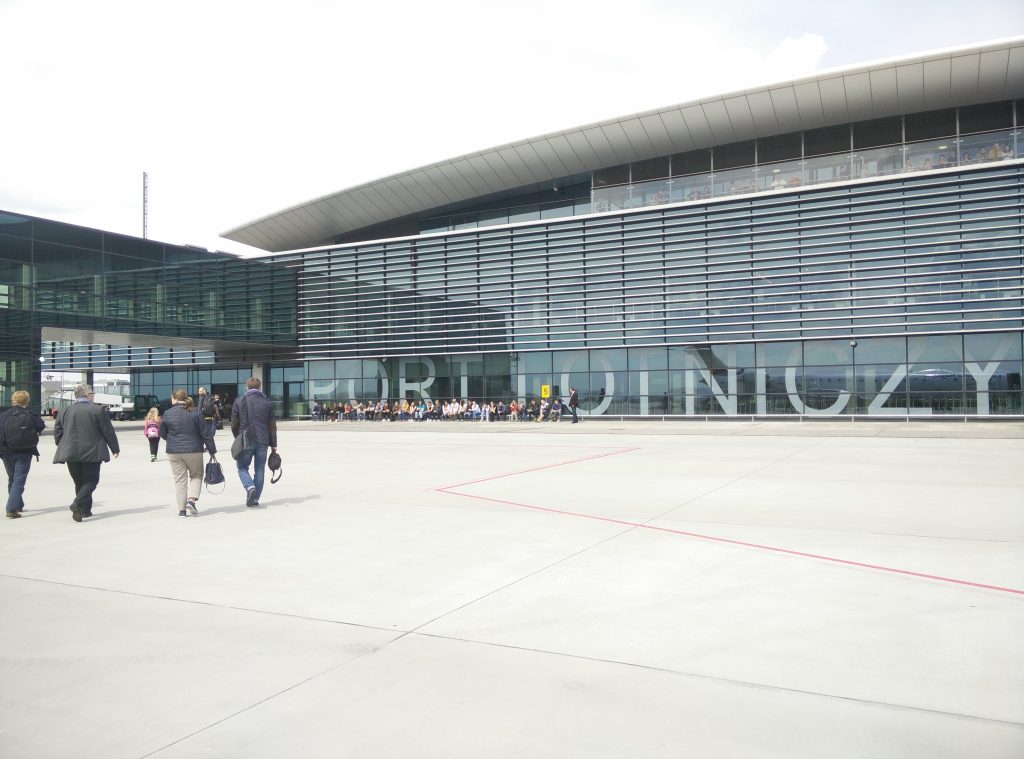
6. Strategic Objectives Behind the Invasion
Analysts evaluate the operation as a calculated test of NATO’s preparedness, command and control, and political determination. The flight trajectories of a minimum of five drones indicated strikes on Rzeszów-Jasionka Airport, the alliance’s primary logistics facility for equipping Ukraine. Ian Brzezinski cautioned that without a firm response, Putin might “paralyze NATO’s unity and the credibility of its deterrence stance.” The timing days ahead of the Belarus-Russia Zapad 2025 drills made it even more likely that the incursion was also practicing hybrid or conventional escalation.
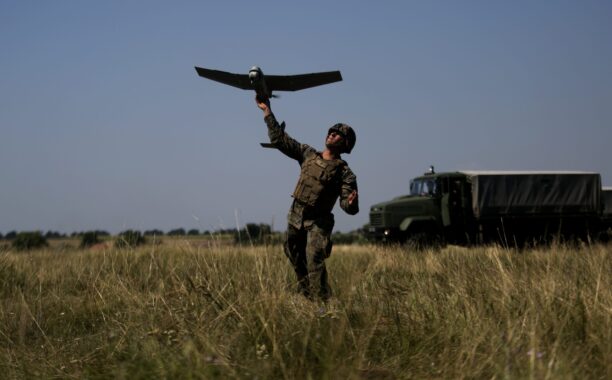
7. The Broader Geopolitical Context
The incident coincided with one of Russia’s largest coordinated attacks of the war and with the own eastern border exercises of NATO. Poland is imposing limits on civilian air traffic on its frontiers with Ukraine and Belarus, and allies such as France, the Netherlands, and the Czech Republic are sending extra air defense equipment. Nevertheless, as noted by Phillips P. O’Brien, the drones were “a pinprick compared to what Ukraine sees nightly,” noting that NATO’s eastern defenses still lag behind in preparation for protracted drone saturation.
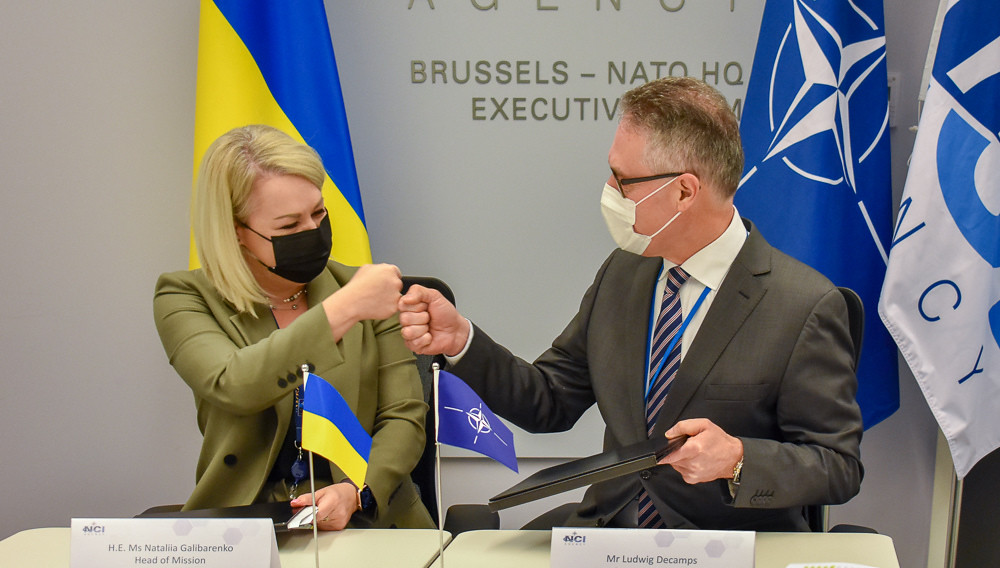
8. Lessons and Future Posture
The incident has added momentum to demands for a “drone wall” on NATO’s eastern border, combining low-cost interceptors, EW, and pooled early-warning networks with Ukraine. Shelby Magid added that “the potential for lessons learned from Ukraine is enormous,” calling for increased NATO-Ukrainian cooperation on counter-drone operations. The strategic imperative is simple: adjust defenses to combat cheap mass with cheap mass, without taking key systems off Ukraine’s front lines.
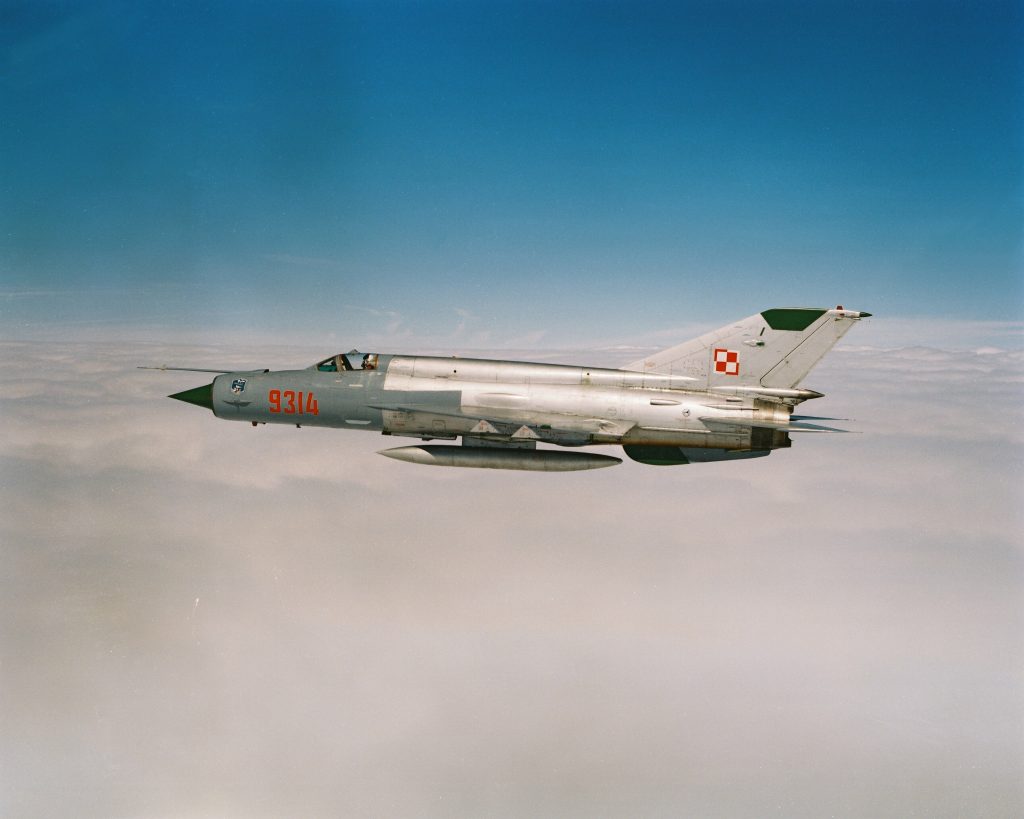
The incursion of Polish airspace was not merely a tactical occurrence it was an operational test of NATO’s capability to defend its own border in the terms of contemporary, attritional drone warfare. It showed both the alliance’s speed of coordination and the weaknesses that Russia is now probing with rising audacity.
